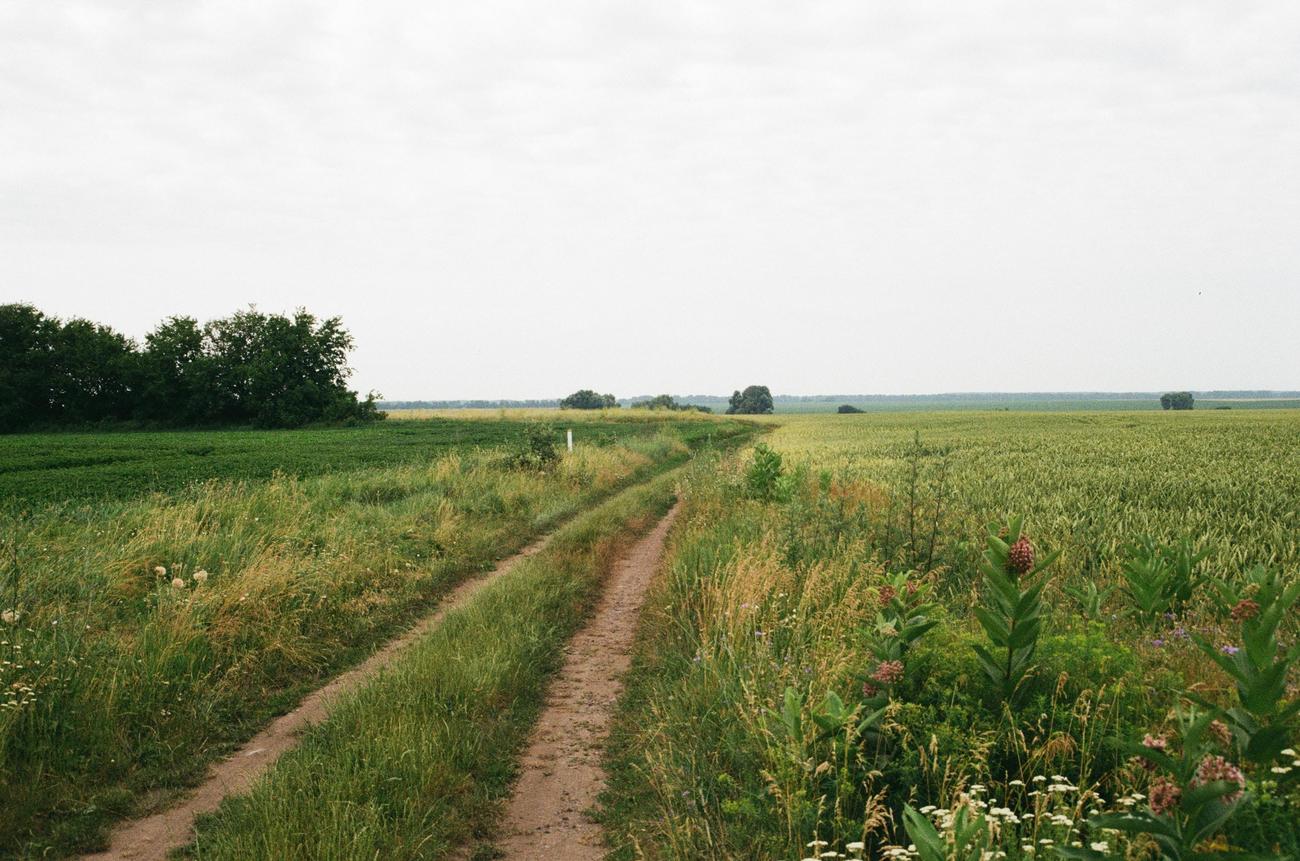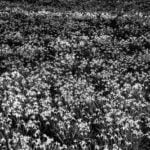Are you curious about the hidden truths behind the cotton industry? Brace yourself, because in this revealing article, we will dive deep into the often overlooked impacts of the cotton industry on local communities. From the livelihoods of individuals to the fragile environment we call home, we will unravel the intricate web of effects that cotton production has on the fabric of societies. As an accomplished investigative journalist with a passion for social justice and a sharp eye for socioeconomic issues, I have dedicated myself to shedding light on the untold stories. Join me on this eye-opening journey as we expose the real impacts of the cotton industry and strive for positive change in the lives of local communities everywhere.

Cotton Industry Impact on Local Communities
The cotton industry plays a significant role in the livelihoods of local communities around the world. As the most used natural fiber in the textile industry, cotton accounts for a staggering 33% of all fibers used in textiles. This dependence on cotton cultivation creates both positive and negative impacts on the communities involved.
On one hand, cotton production provides income for over 250 million people worldwide and employs nearly 7% of all labor in developing countries. In emerging economies and newly industrialized countries, cotton is a major source of employment and income. This economic benefit can help support the well-being of local communities by providing opportunities for livelihoods and financial stability.
However, the cotton industry also has its share of negative impacts on local communities. The use of illegal or unsustainable labor practices is one such concern. Exploitative labor practices, including forced labor and child labor, can have devastating social consequences. It is crucial to address these issues and ensure that fair trade practices are in place to protect the rights and well-being of workers.
“The cotton industry has the power to shape the lives of millions. It is essential to recognize and address the social impacts of cotton cultivation.”
The International Cotton Advisory Committee (ICAC) and other sectoral expert bodies, like the ICAC Expert Panel, have a crucial role to play in mitigating the negative impacts of cotton cultivation on local communities. By recognizing and addressing the social consequences of the cotton industry, these organizations can promote fair trade practices and enforce stricter standards that protect workers’ rights.
Cotton cultivation also has significant environmental impacts that can affect local communities. Water usage, toxicity, and biodiversity loss are among the key concerns. Diminishing fish populations and dust storms caused by cotton farming can harm the environment and have negative social and economic effects on local communities.
On a more positive note, organic cotton production has shown promise in its ability to bring about positive social, economic, and environmental impacts on smallholder farmers. By eliminating the use of harmful chemicals and promoting sustainable practices, organic cotton cultivation can help create a healthier and more sustainable future for communities involved in the cotton industry.
“By embracing organic cotton production, we can sow the seeds for a brighter and more sustainable future for cotton-growing communities.”
However, there are instances where the expansion of cotton cultivation can lead to environmental concerns and impact local communities negatively. For example, plans to develop 60,000 hectares of cotton in the Douglas Daly region in Australia have raised questions about potential environmental degradation and the subsequent impacts on the local communities. Such cases highlight the need for careful planning and consideration of the broader implications of cotton cultivation.
To summarize, the cotton industry has both positive and negative impacts on local communities. While it provides income and employment opportunities for millions, it is essential to address issues such as illegal labor practices and environmental concerns. Organizations like the ICAC and the promotion of fair trade practices play a vital role in recognizing and addressing these impacts. Additionally, the adoption of sustainable practices, such as organic cotton cultivation, can bring about positive change. By exploring these issues and advocating for positive change, we can work towards a cotton industry that uplifts local communities and ensures a sustainable future.
“The cotton industry’s impact on local communities is far-reaching. By addressing its challenges head-on, we can build a more equitable and sustainable future.”
Cottonmouth snakes, also known as water moccasins, are fascinating creatures that have captured the curiosity of many. If you’re someone who wants to dive deeper into understanding these venomous reptiles, then you’re in luck! Today, we’re going to share with you 3 intriguing facts about cottonmouths. Brace yourself for an eye-opening experience as we explore the mesmerizing world of these deadly snakes.
Did you know that cottonmouths are excellent swimmers? Click here to uncover more about their impressive aquatic abilities: 3 facts about cottonmouths
Another interesting aspect of cottonmouths is their unique defense mechanism. Find out how they use their namesake “cottonmouth” to ward off potential threats in this captivating article: 3 facts about cottonmouths
Lastly, are you aware of the wide distribution of cottonmouth snakes? From the southeastern United States to Mexico, these snakes have quite the habitat range. Explore their geographical presence and learn more intriguing details by clicking this link: 3 facts about cottonmouths
Make sure to grab your magnifying glass and embark on this thrilling journey of discovery about cottonmouths. These serpents hold many secrets, and it’s up to you to unravel them. Happy exploring!

FAQ
Question 1
What is the significance of the cotton industry’s impact on local communities?
Answer 1
The cotton industry plays a crucial role in providing employment and income for millions of people worldwide, particularly in developing countries. However, it also has both positive and negative social, economic, and environmental impacts on local communities.
Question 2
How does cotton production affect the livelihoods of communities?
Answer 2
Cotton production creates jobs and supports livelihoods in emerging economies and newly industrialized countries. However, it can also involve illegal or unsustainable labor practices, such as forced labor and child labor, which have detrimental effects on local communities.
Question 3
What are the environmental impacts of cotton cultivation?
Answer 3
Cotton cultivation has several environmental impacts, including high water use, toxicity from pesticides and fertilizers, and biodiversity loss. Additionally, the dust storms and diminishing fish populations caused by cotton farming can negatively affect the environment and local communities.
Question 4
How can fairtrade practices mitigate the negative impacts of cotton production?
Answer 4
Fairtrade practices can help reduce the social and environmental impact of cotton by ensuring appropriate rewards for labor, addressing unfair trade practices, and eliminating forced labor and child labor. By promoting ethical and sustainable practices, fairtrade certification can contribute to the betterment of local communities engaged in cotton production.
Question 5
What are the potential benefits of organic cotton production on smallholder farmers and communities?
Answer 5
Organic cotton production can have positive social, economic, and environmental impacts on smallholder farmers and their communities. It promotes healthier and safer working conditions, increases income opportunities, and reduces the use of harmful chemicals. By embracing organic practices, local communities can achieve more sustainable and resilient agricultural systems.
- Unlock Filipino Culture: A Deep Dive into Traditions and Practices - April 23, 2025
- Unlock Spanish Culture: Insights & Opportunities Now - April 23, 2025
- White Spirit Uses & Substitutes: A Deep Dive for Pros & DIYers - April 23, 2025
















